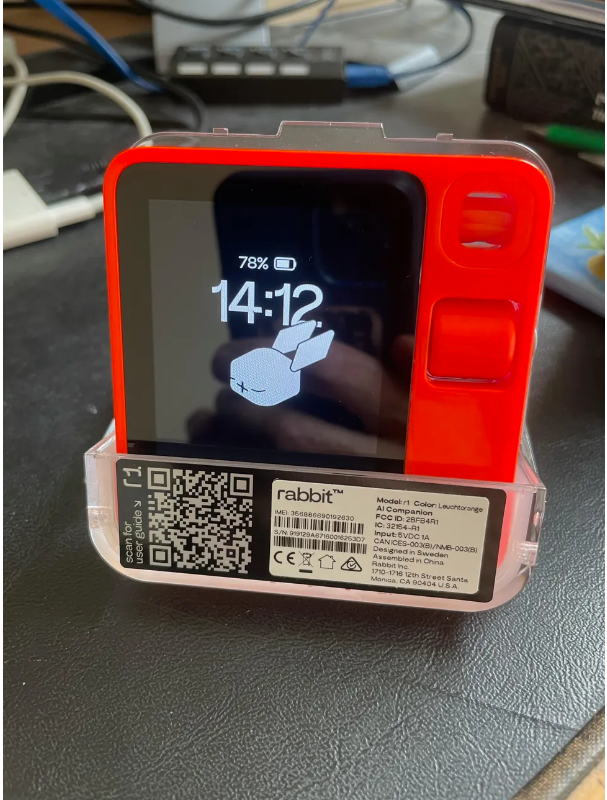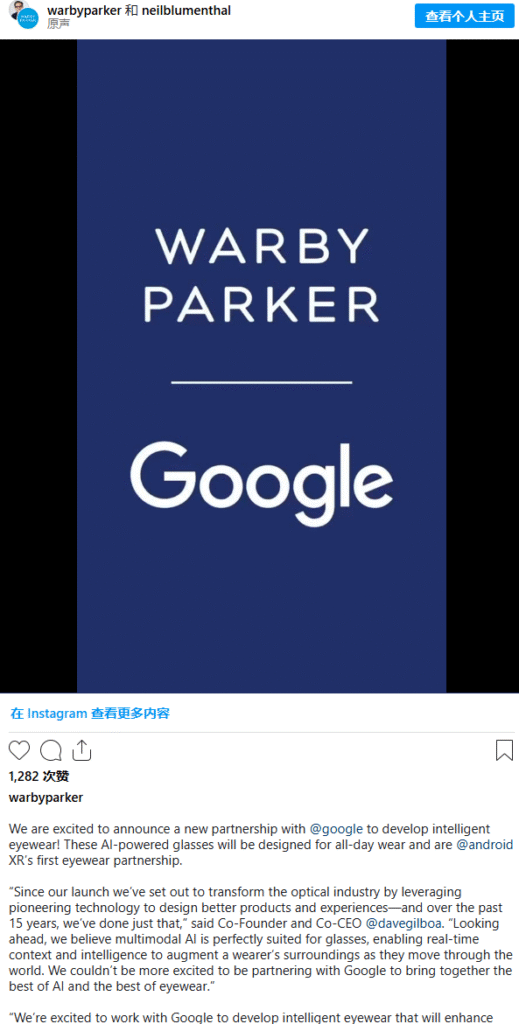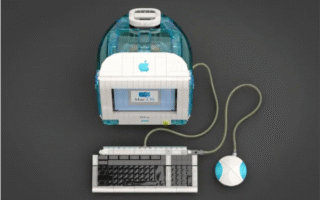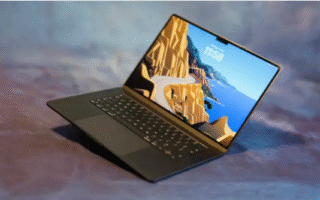Jony Ive—Apple’s former design chief—just sold IO, his secretive AI hardware startup, to OpenAI. And he did it before most people even knew IO existed. The news dropped alongside a head-scratching promotional video and a black-and-white photo of Ive and OpenAI CEO Sam Altman—one that looks like they asked GPT’s image generator to plop them onto the cover of Simon & Garfunkel’s Bookends album.
Right off the bat, headlines started screaming about trouble for Ive’s old employer: Apple’s iPhones and MacBooks, we’re told, are about to get replaced by some revolutionary AI device. But don’t call me a cynic if I’m not buying it. After last year’s flood of “alternative” AI hardware, we were this close to labeling the AI gadget era the shortest-lived trend since NFTs—until this week. So can IO actually turn things around?

In case you missed the details: OpenAI is reportedly shelling out $6.5 billion in stock to buy IO. The startup was founded by Ive, plus a crew of Apple alums: Evans Hankey (who took over as Apple’s design head after Ive), Tang Tan (ex-leader of iPhone and Apple Watch design), and Scott Cannon. About 55 IO staff will join OpenAI—but Ive himself won’t be one of them. Instead, his design firm LoveFrom will work exclusively with OpenAI, handling all its design work, including software.

If anyone could make an AI gadget stick, it’d be IO’s team. We’re talking hardware and software engineers, technologists, physicists, and product design pros—and Altman has gushed that this group is the “densest collection of talent probably ever to exist in the world.” Word is the first IO device will launch in late 2026. But what the heck will it even look like?
The polished nine-minute launch video doesn’t give much away. It just shows Altman and Ive hanging out at a San Francisco café, rambling about their friendship and love for the city—barely mentioning what they’re actually building. Unsurprisingly, that’s sparked a frenzy of speculation.
The Wall Street Journal cited an internal OpenAI call where the device was described as pocket-sized, screenless, and “aware of a user’s life and surroundings”—and definitely “not smart glasses.” Altman has gone even further, calling it something “totally new” and “the coolest piece of technology the world has ever seen.” That’s a bold claim—right up there with Elon Musk’s assertion that the Cybertruck could double as a boat.

Altman’s probably right that AI needs a hardware rethink. But all this hype makes me wary. Apple doesn’t tease experimental products—they lock them away until they’re ready. And even then, Apple stumbles: Remember Apple Intelligence? It overpromised big time and got rolled out before it was fully baked.
The generative AI boom made product designers predict a radical new device would replace our smartphones and laptops. The problem? So far, those gadgets either don’t work well or fail to give people a reason to switch.
Take the Rabbit R1: We wanted to love it, but our review summed it up as little more than a gimmick. It’s still on the market, sure—but I’ve yet to meet a single person who isn’t a tech journalist who’s actually used one. Then there was the Humane AI Pin: a tiny, voice-controlled device that was supposed to answer questions… but often got them wrong. That was also built by ex-Apple folks. Less than a year after launch, the company sold to HP and shut down—leaving its server-dependent devices basically useless.
Ive is clearly aware of these flops. In an interview with Bloomberg, he brushed them off as “very poor products” and argued there’s been “an absence of new ways of thinking” in AI hardware.
To be fair, some AI hardware areas look more promising. There’s smart glasses: the Ray-Ban Meta collab, Brilliant Labs’ Frame, and this week’s news that Google’s partnering with Warby Parker and Gentle Monster to make Android XR glasses. Apple’s also rumored to be working on Siri-powered smart glasses. Then there are home assistants: LG’s cutesy (but annoying) Self-Driving AI Home Hub (it looks like a robot dog) and the SenseCAP Watcher—an autonomous AI assistant that resembles a Tamagotchi and can turn off your TV or lights when you fall asleep.

IO’s device sounds like it could be a home for a more powerful “agentic AI”—one that sticks with you all day, probably using voice as its main interface. But here’s the thing: Smartphones already do AI voice assistance. Plus, they’re phones, cameras, and entertainment hubs. For a new device to matter, it needs a physical edge—something phones can’t do.
OpenAI clearly wants to be the next Apple, and Altman seems eager to be the new Steve Jobs. That’s probably why he brought Ive on board. But when Ive designed the iMac, iPod, and iPhone, he took core technologies that already worked and wrapped them in simple, user-friendly design.
But here’s the catch: No matter how sleek IO’s device turns out, the AI powering it has to deliver. And let’s be real—AI models still mess up in big, obvious ways. This could easily end up as another flop, rushed to market before it’s ready.



